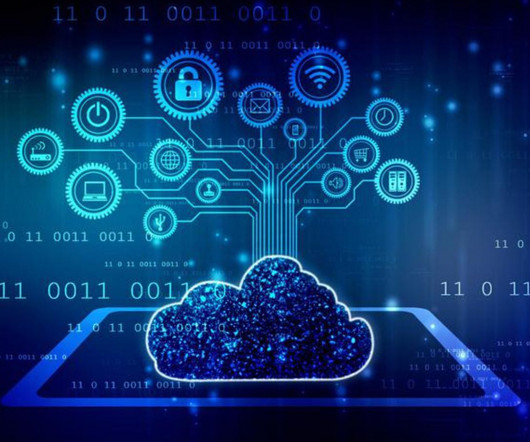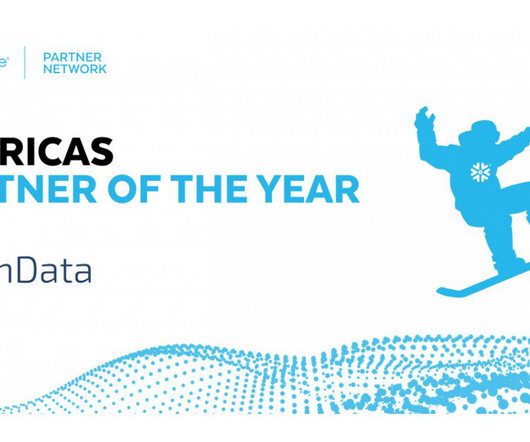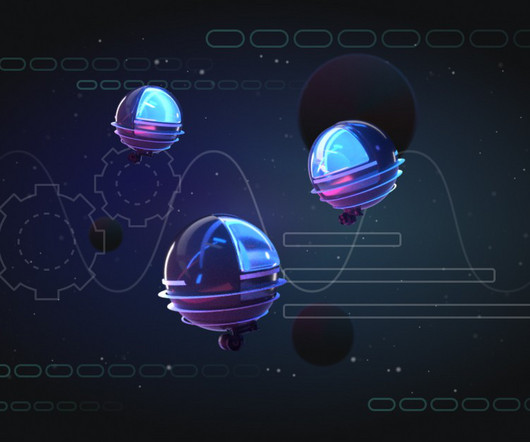What is Cloud Computing ? Types, Facts, Benefits – A Complete Guide
Pickl AI
MARCH 1, 2023
What is Cloud Computing? Cloud computing is a way to use the internet to access different types of technology services. The term “cloud computing” was first used in a paper by computer scientist and mathematician Ramnath Chellappa in 1997.












Let's personalize your content